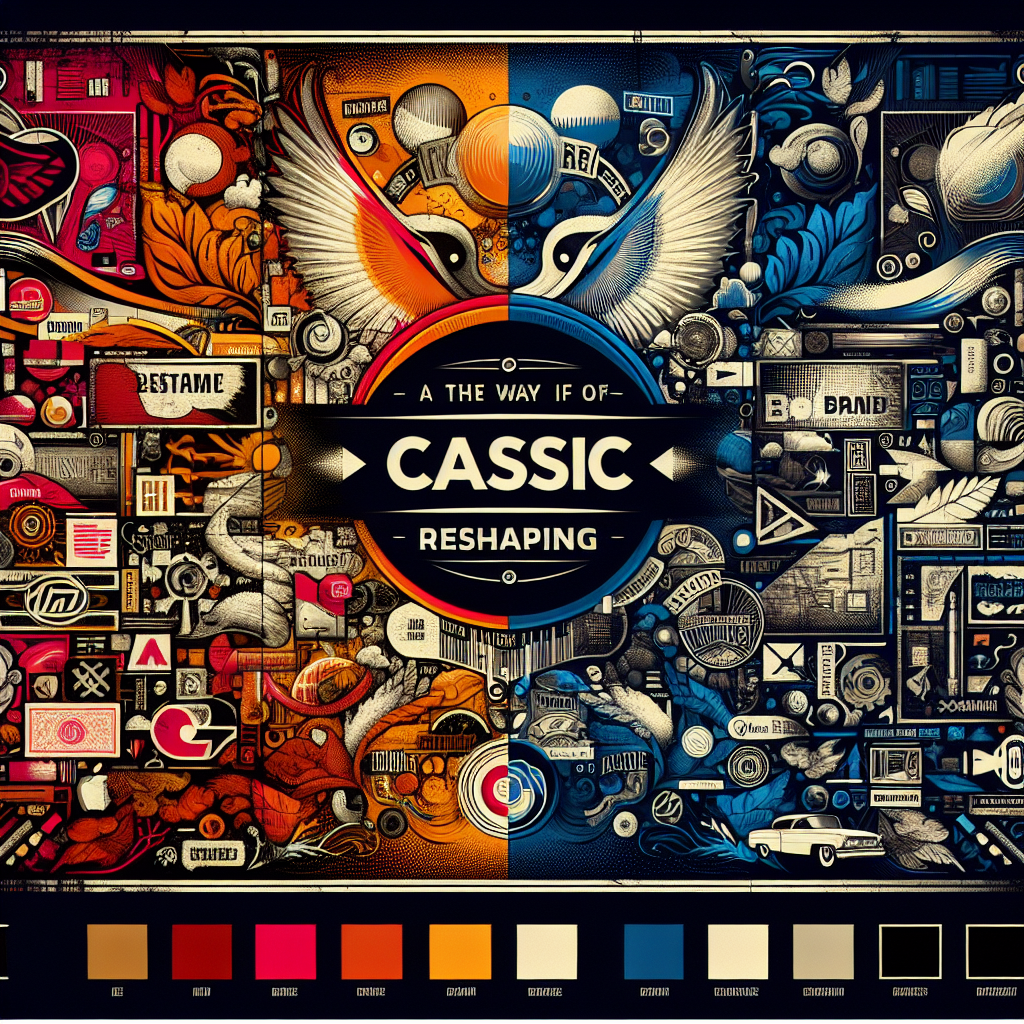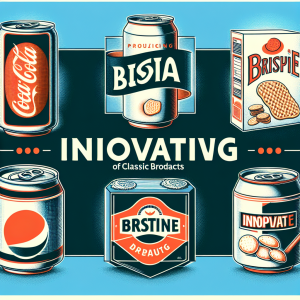

Introduction
Branding is an essential element of business success, particularly in today’s fast-paced digital world. The process of brand reshaping is an intricate, creative, and crucial aspect of modern marketing. It involves not only changing the visual aesthetic of a company or product but reconsidering its values, mission, and interaction with consumers.

Understanding Classic Brands
The term “classic” in the world of brands is reserved for those businesses that have achieved longevity through their ability to deliver consistent value to their consumers. Classic brands often carry a profound sense of nostalgia that helps to maintain their attractiveness. Still, as market dynamics evolve, they may need a fresh look, a process commonly referred to as brand reshaping. This process does not involve eradicating the root philosophy of the brand; instead, it focuses on realigning the brand with current market demands while maintaining its classic essence.
Innovative Brand Reshaping Case Studies
One of the most popular examples of brand reshaping is Burberry. The brand was able to transition from being viewed as dated and uninspiring to fashion-forward and chic. Through innovative design and strategic marketing, Burberry managed to maintain its classic British elegance while appealing to younger demographics.
Another example is Apple. While already wildly successful, Apple used a brand reshaping strategy in 1997 to boost its foothold in the market even further. Apple’s iconic “Think Different” campaign and subsequent product designs focused on innovation, usability, and aesthetics, helping to redefine its brand for the modern era.

The Role of Innovation in Design
Innovative design lies at the heart of effective brand reshaping exercise. It serves as the engine driving the brand’s transformation while maintaining its familiarity amongst loyal customers. The challenge for designers is to keep the brand’s recognizability intact while imbuing it with a refreshed appeal that aligns with contemporary aesthetic sensibilities and consumer expectations.
Conclusion
Brand reshaping is a complex process that requires a deep understanding of a brand’s history, its audience, and the current market dynamics. As we advance, designers and marketers who skillfully leverage innovative design and effectively communicate a brand’s evolving identity will continue to play a pivotal role in the longevity and relevance of classic brands.







